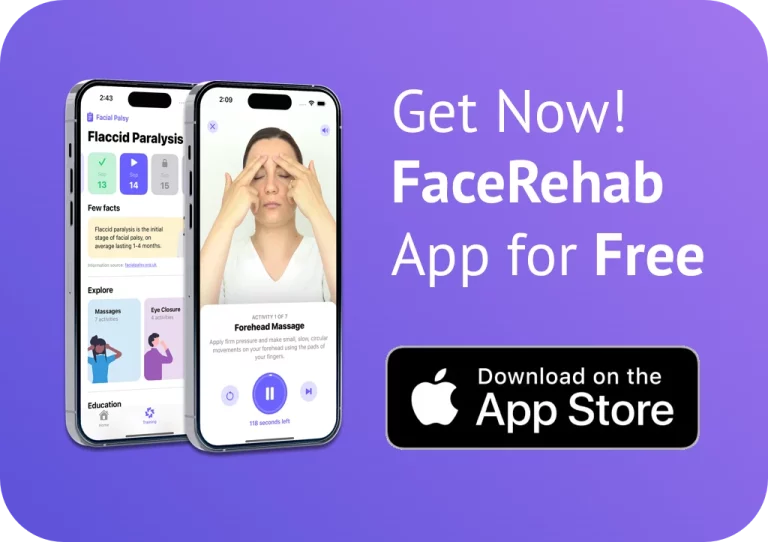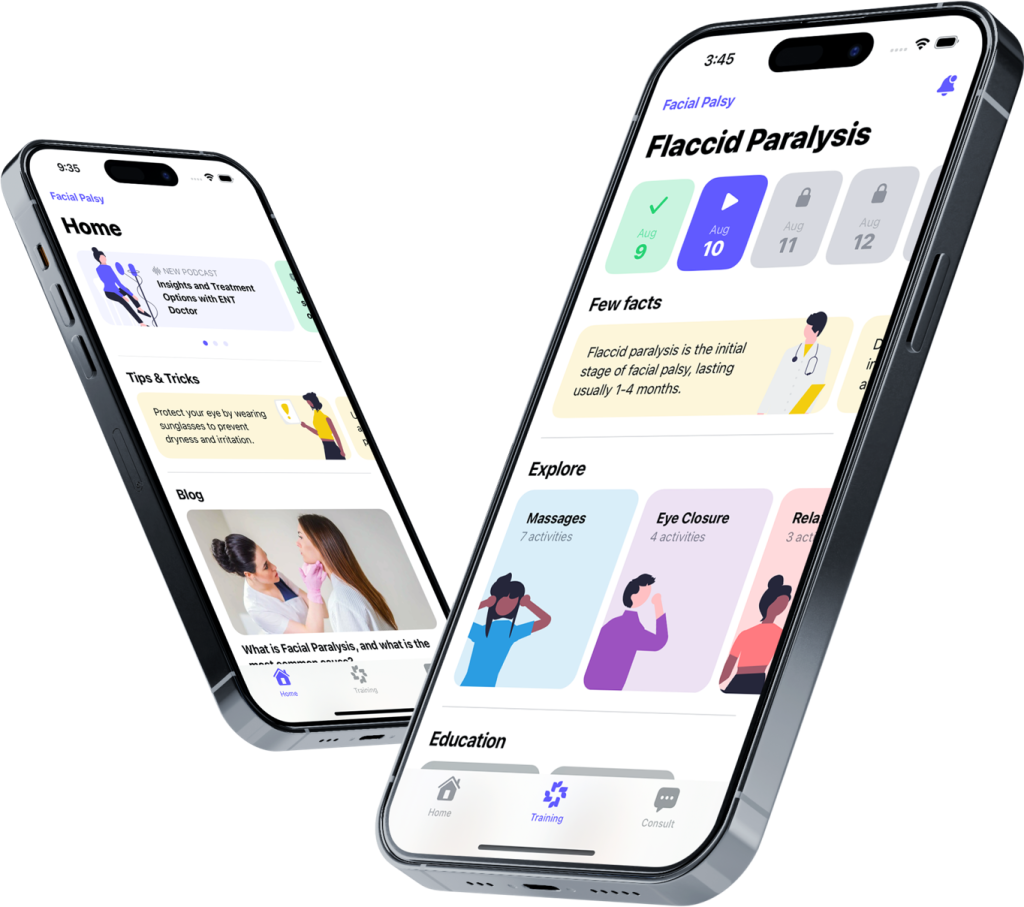Understanding how to navigate the initial stage of flaccid paralysis in facial palsy is crucial for aiding recovery and ensuring overall well-being. Valuable insights from an expert at Facial Therapy Specialists International (FTSI) shed light on specific recommendations aimed at supporting individuals during this phase.
Critical Recommendations for Initial Stage Management
Within the initial 72 hours of flaccid paralysis onset, seeking medical attention to obtain steroids or antivirals, depending on the cause, significantly enhances the chances of a more complete recovery. However, even beyond this window, focusing on resting and allowing the facial nerve to recuperate is pivotal. It’s crucial not to force facial movements during this stage, as it can lead to incorrect movement habits that are challenging to correct later.
Eye Care and Protection Measures
Given the inability to close the affected eye, special attention must be paid to eye care to prevent complications like eye dryness, abrasions, or ulcers. Stretching the eyelid, using taping techniques to aid closure, employing protective eyewear like moisture chamber glasses or wraparound sunglasses, and even external weights to assist eyelid closure are recommended strategies. Regular use of preservative-free eye drops, about every hour or two, becomes essential to combat severe dry eye risks associated with facial palsy.
Facial Support Techniques
Taping the affected side of the face can offer support, enhancing speech clarity, minimizing dribbling during eating and drinking, and preventing overactivity on the unaffected side that tries to compensate. Gentle stretching exercises for the unaffected side are recommended to prevent stiffness due to overuse.
Balancing Gentle Facial Movements
Encouraging patients to focus on gentle, precise, and coordinated facial movements while avoiding overcompensation on the unaffected side is crucial. Understanding the importance of facial feedback – how facial expressions impact emotions and vice versa – is vital. Striking a balance between gentle facial movement and emotional expression is key for mental well-being.
Additional Recommendations
Simple strategies like using dry mouth supplements, avoiding drying agents in oral products, using fine-rimmed glasses for drinking, and taking smaller bites while eating can ease discomfort. Socializing, even if initially challenging, can aid recovery. Seeking psychological support for mood-related difficulties is emphasized, as emotional well-being significantly influences physical recovery.In summary, these recommendations serve as a comprehensive guide to manage the initial stage of facial palsy’s flaccid paralysis. Implementing these measures not only aids physical recovery but also supports mental health during this challenging phase.
For further guidance and support, individuals can access resources like the Bell’s Palsy & Facial Paralysis by FaceRehab support group on Facebook or the FaceRehab Therapies World mobile application. These platforms use a questionnaire to assess the facial palsy stage and provide an approved rehabilitation plan by FTSI. Moreover, specialized professionals are available on the platform for expert consultations.
Source: Catriona Neville, Chair of Facial Therapy Specialists International (FTSI) & Facial Palsy Road To Recovery Podcast








